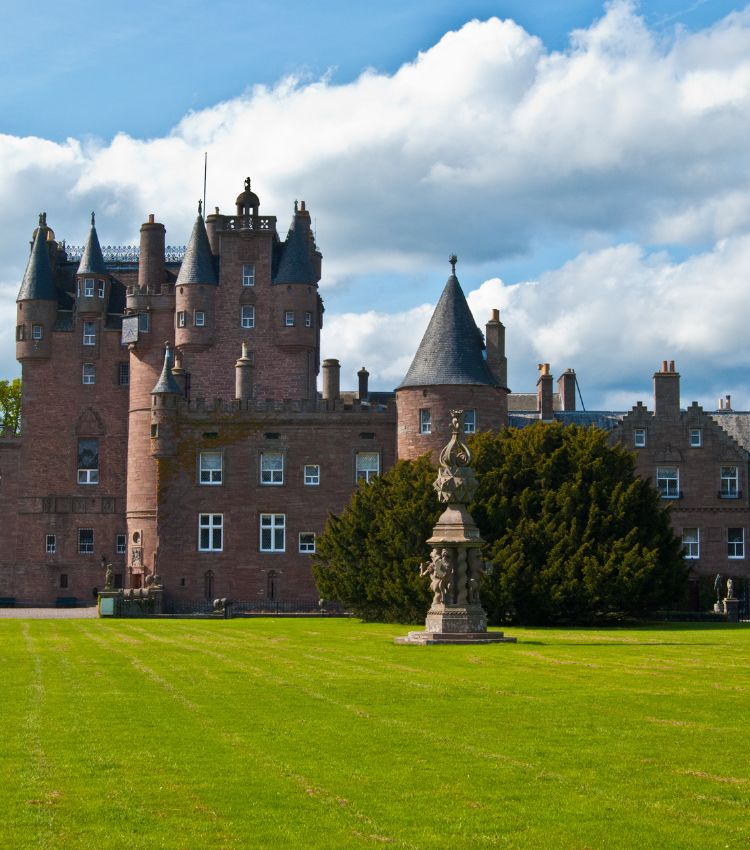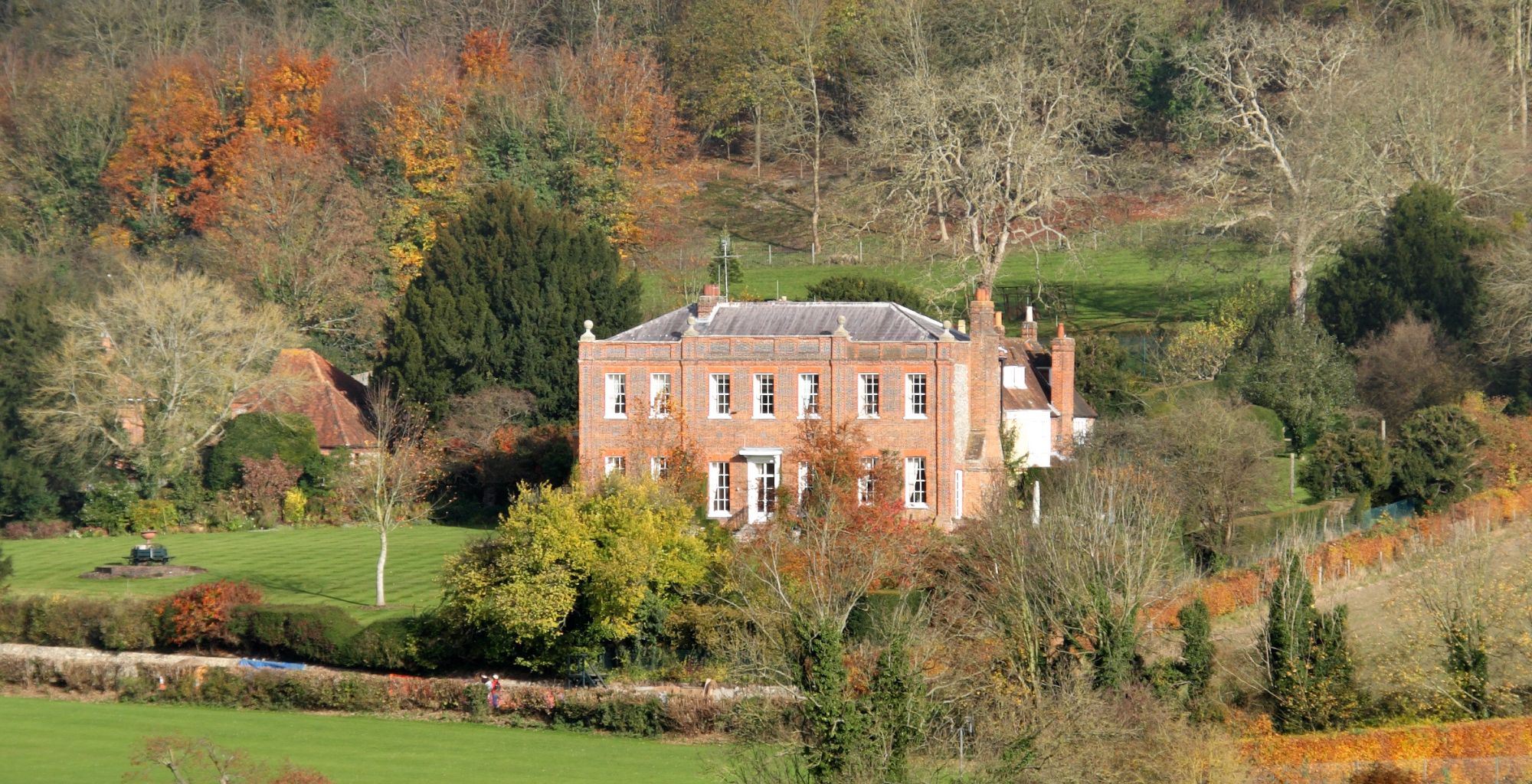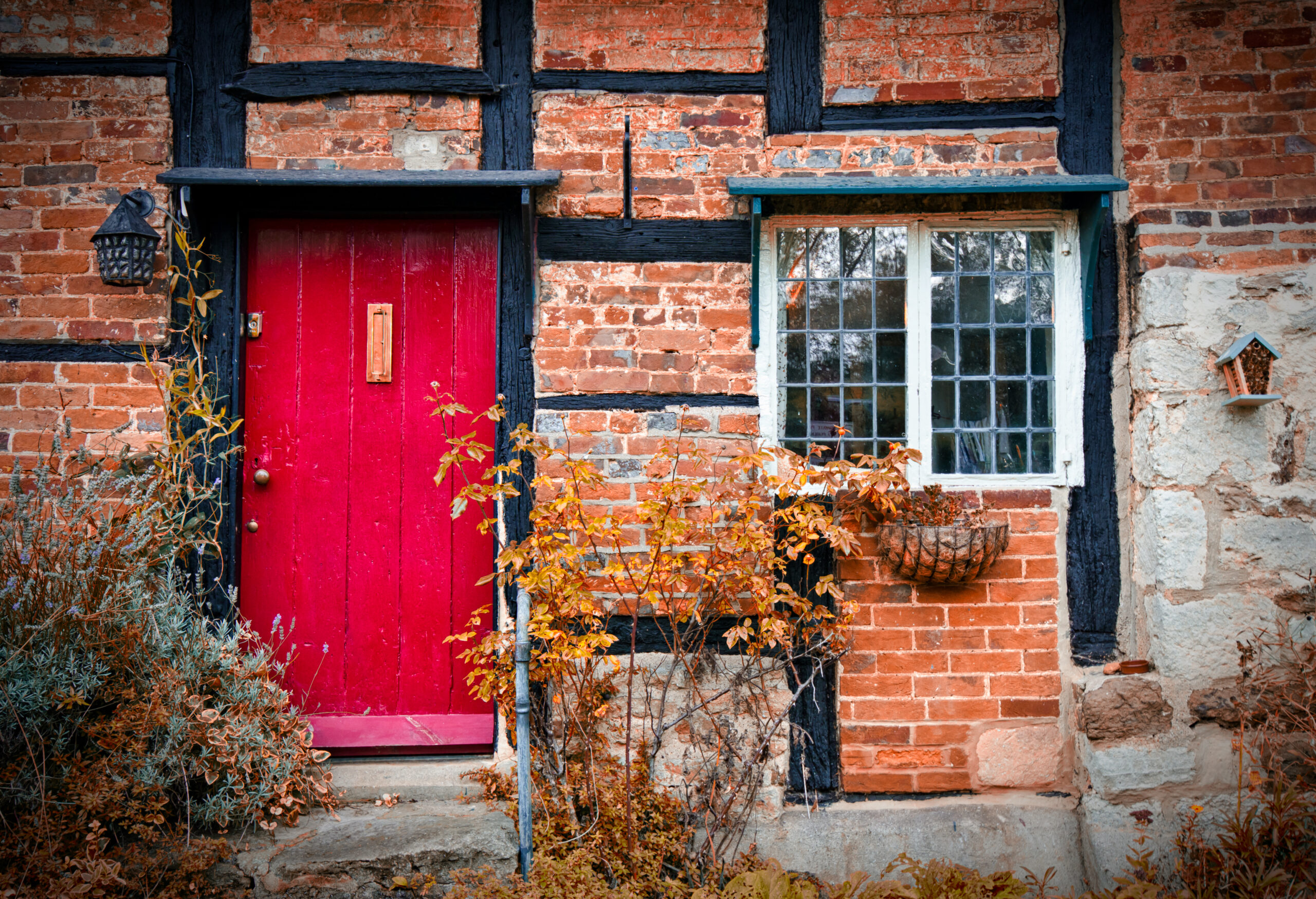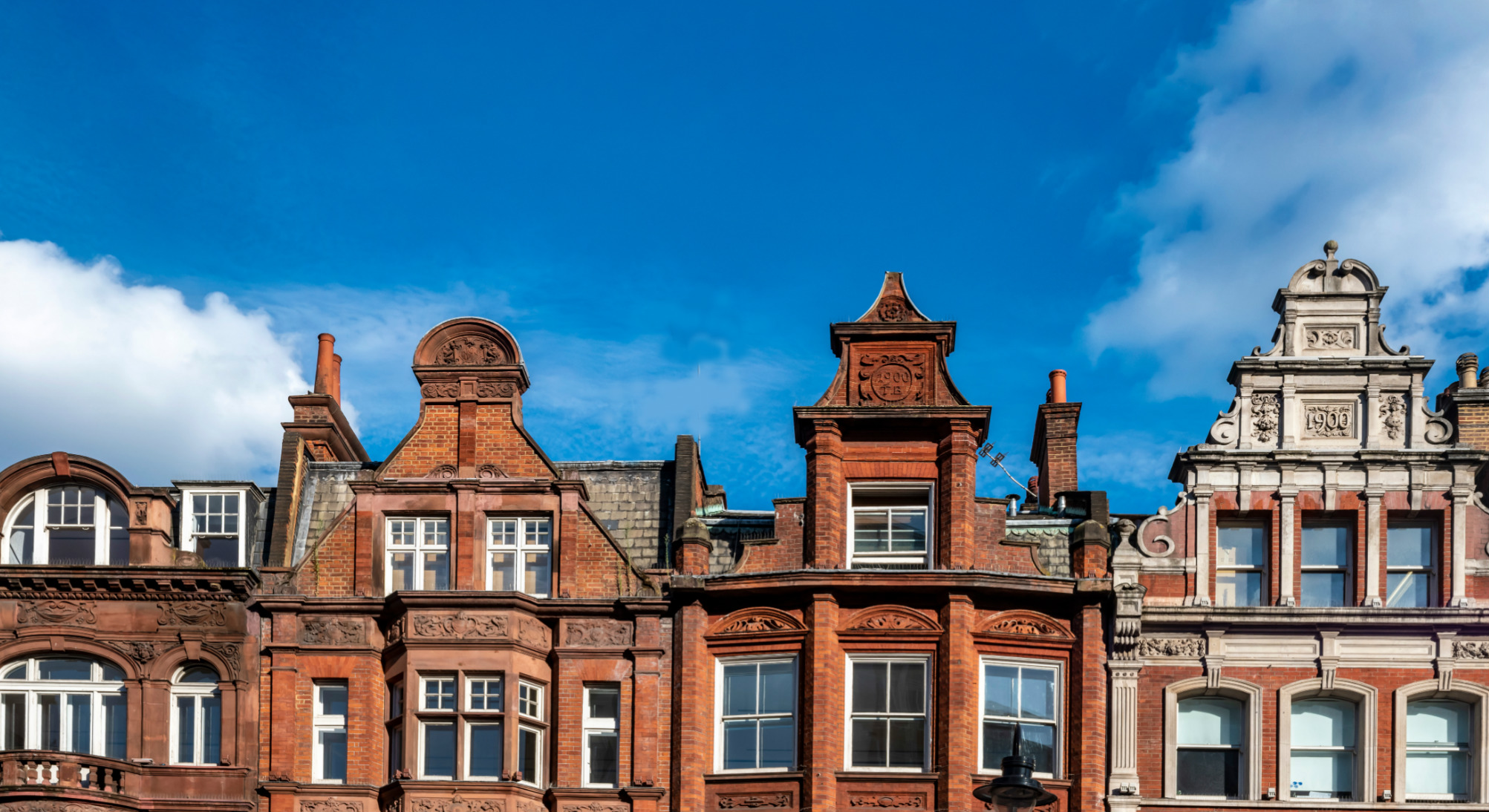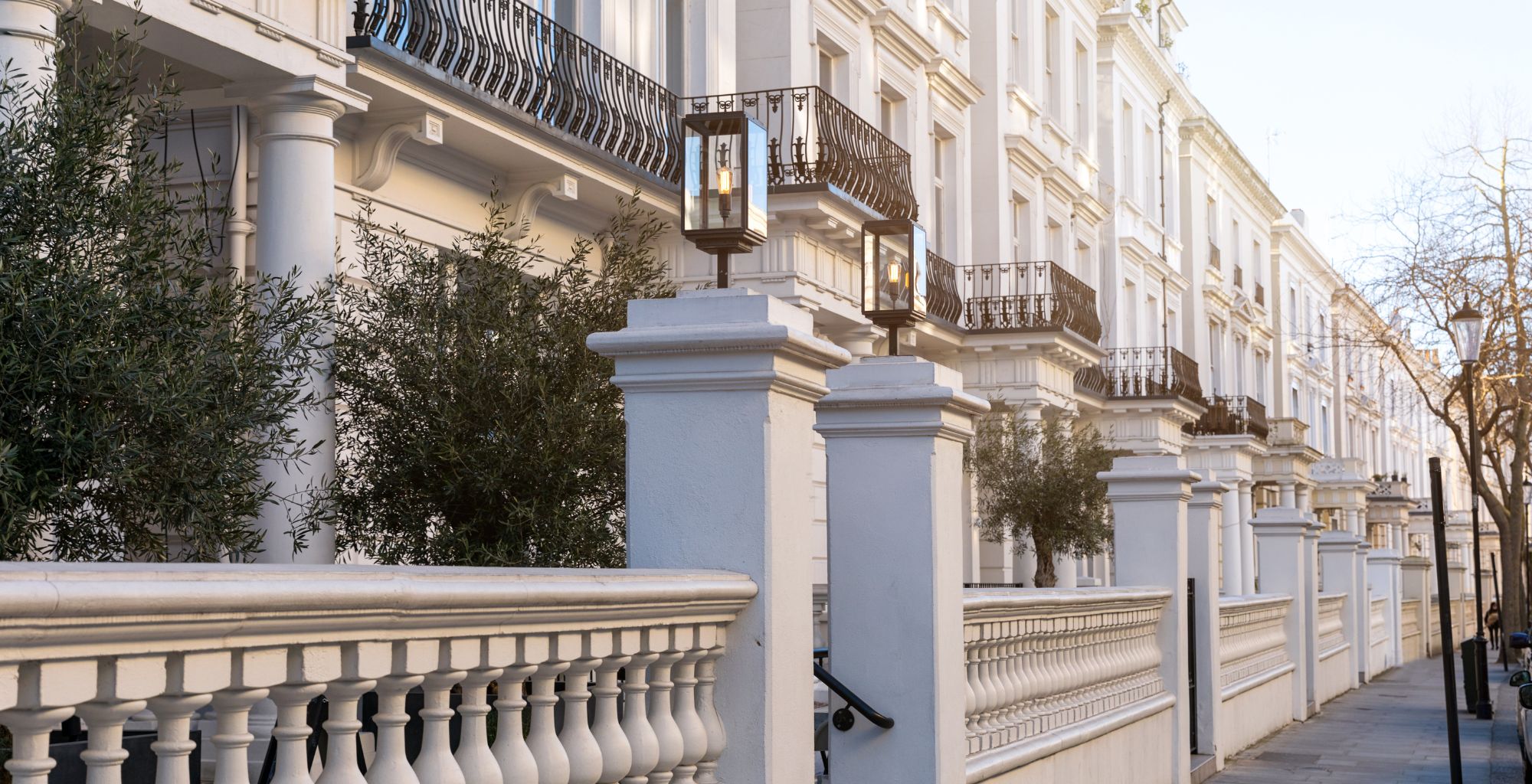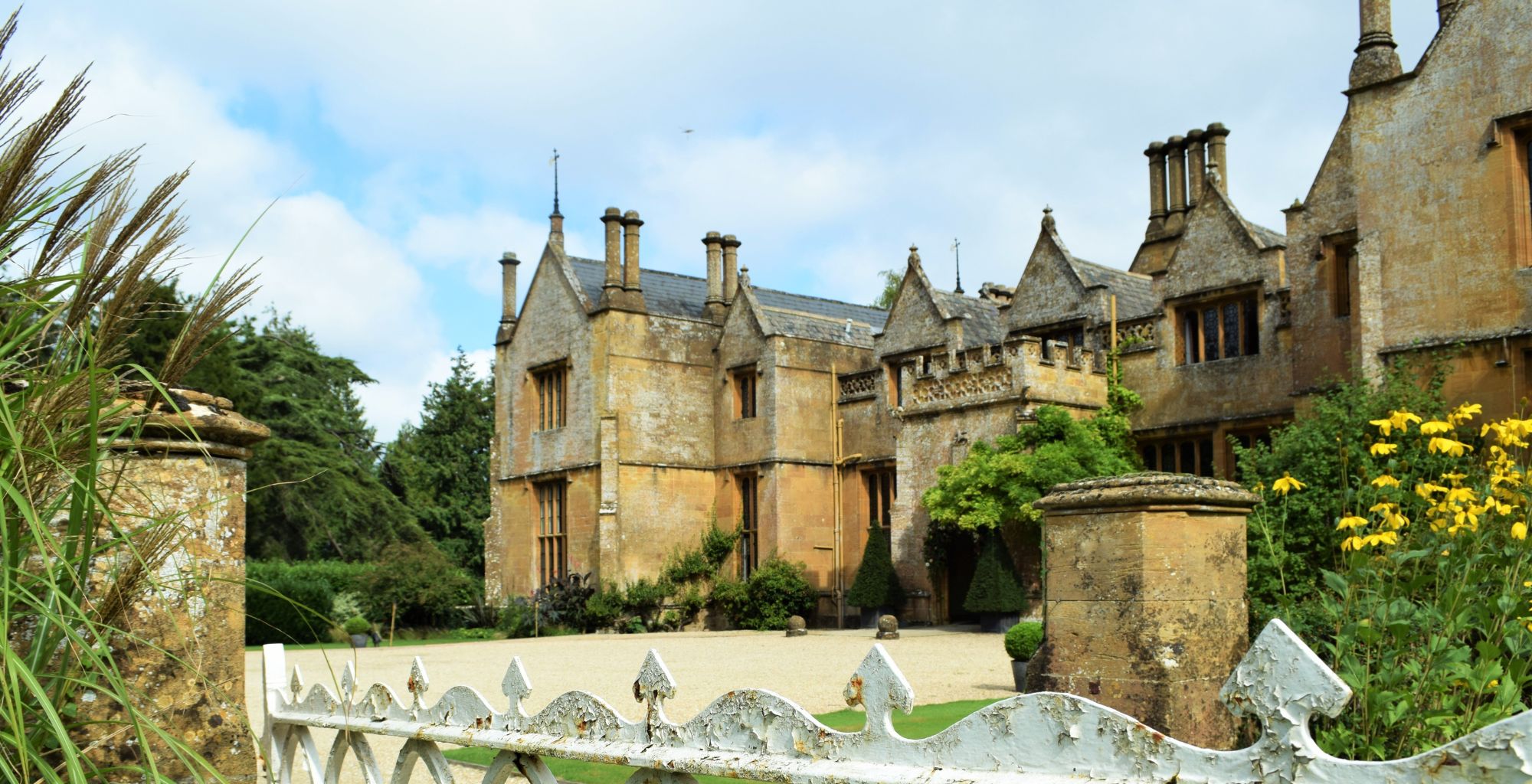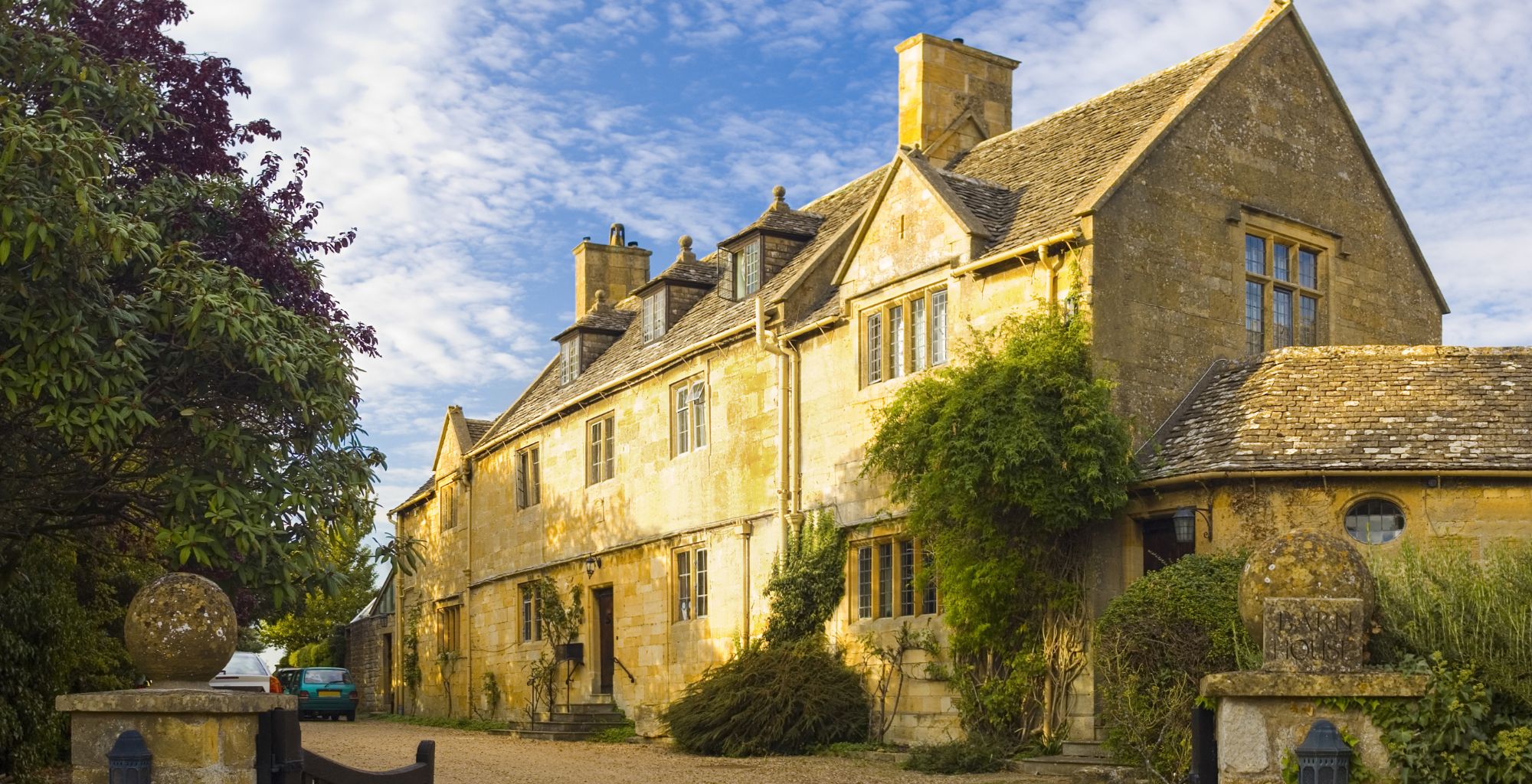For those buying a property in the UK for the first time, the process can seem complex and even...
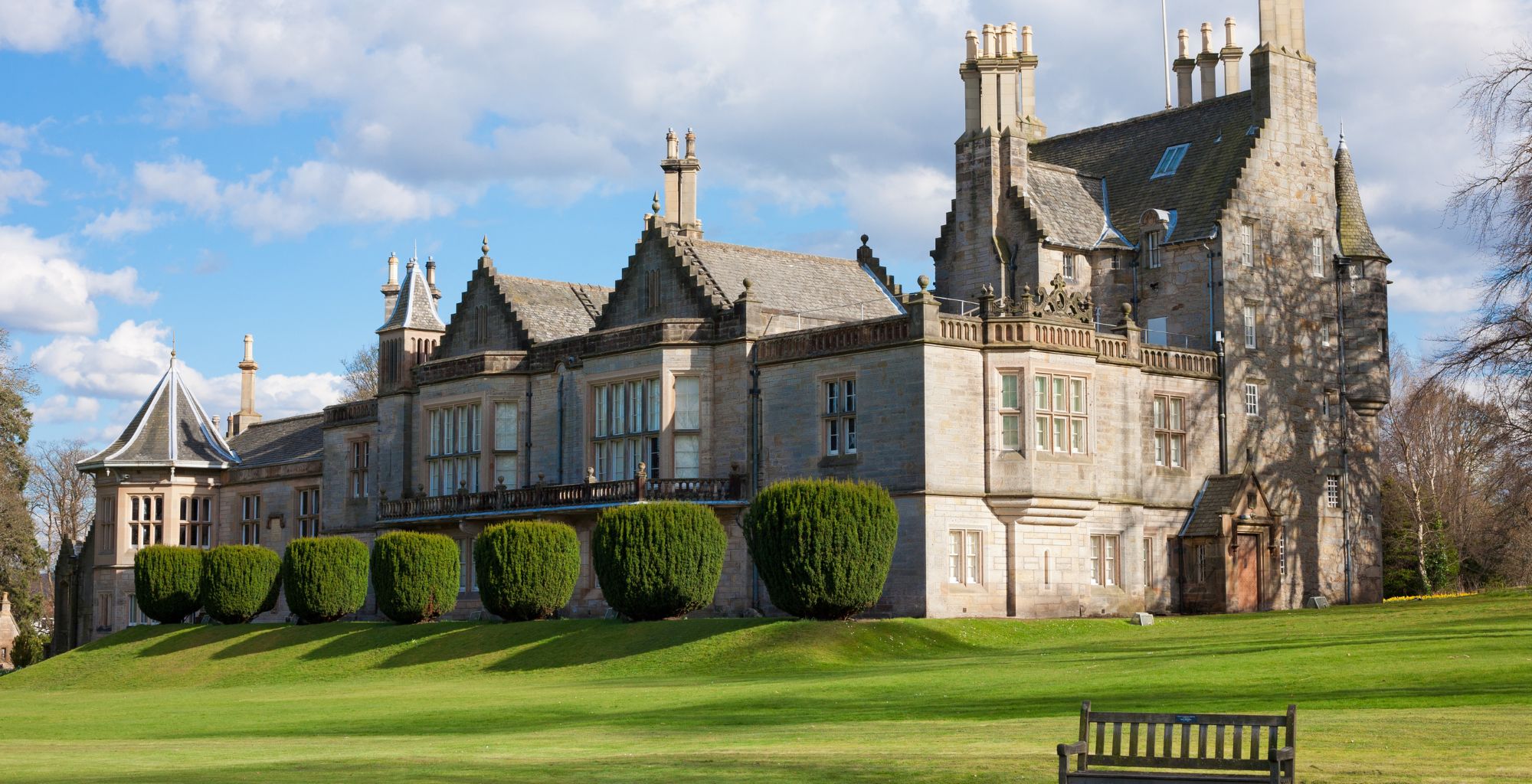
Purchasing a castle or historic home
Have you ever dreamed of buying a castle or historic home?
Owning your own castle or manor house doesn’t have to be a fantasy never fulfilled; an experienced property finder such as ourselves here at Garrington can help you in finding and buying a castle or historic home.
Why buy a castle?
There are many reasons to buy a castle, for one they are often exquisite and unique places to live that are steeped in rich history.
From secret passageways to concealed doors and hidden walled gardens, castles can be enchanting with features not usually found in more regular properties.
The first important point to make is that there is no universal definition of what exactly constitutes a castle.
We may all automatically think of those school-trip type medieval buildings dotted around the UK, but the marketplace is far more extensive and more diverse than that.
That’s because from around the late 15th century onwards, castles were increasingly built as residences rather than military fortifications.
Buildings with the size, scale and appearance of a castle were, in fact, developed through all the following centuries and up to today.
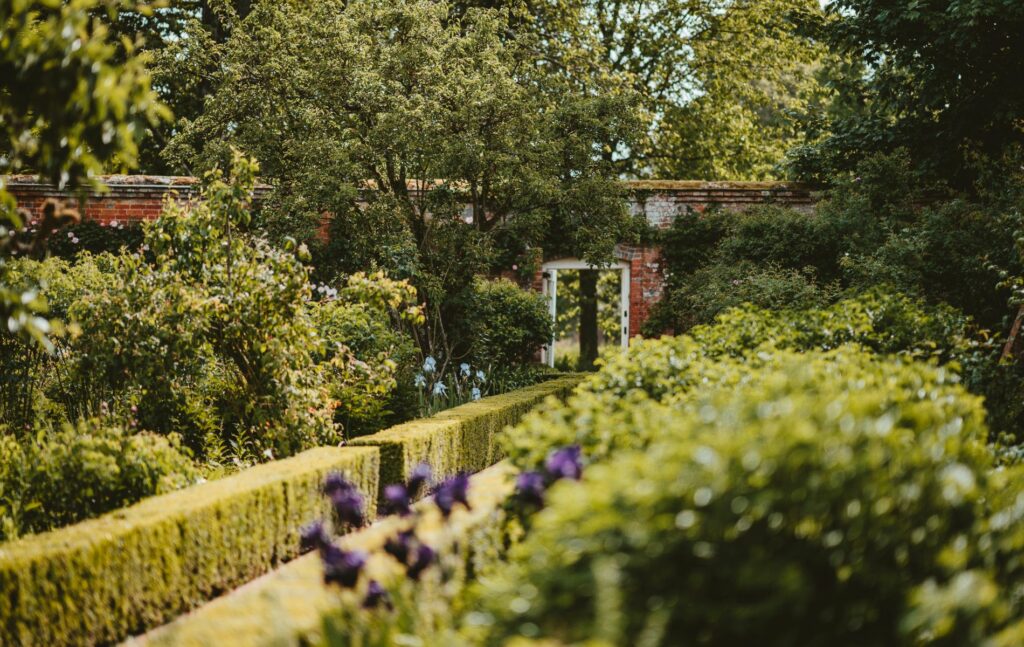
Castles for sale: Why should you buy one?
That will depend upon your interests and ultimate objectives.
If you are considering a castle as your primary place of residence, few will dispute the fact that such buildings are typically solidly built! They also convey a sense of prestige and history that is difficult to replicate in many more conventional structures.
For some buyers, the historic legacy inherent in such properties is a significant attraction. Your space both for lifestyle and potentially business purposes is also going to be substantial.
From a more commercial viewpoint, castles can be hugely desirable as recreational centres for things such as holiday accommodation, rural activity centres, and so on.
It might also be possible to let them for things such as seminars, weddings, education centres, conference venues or film and TV set backdrops.
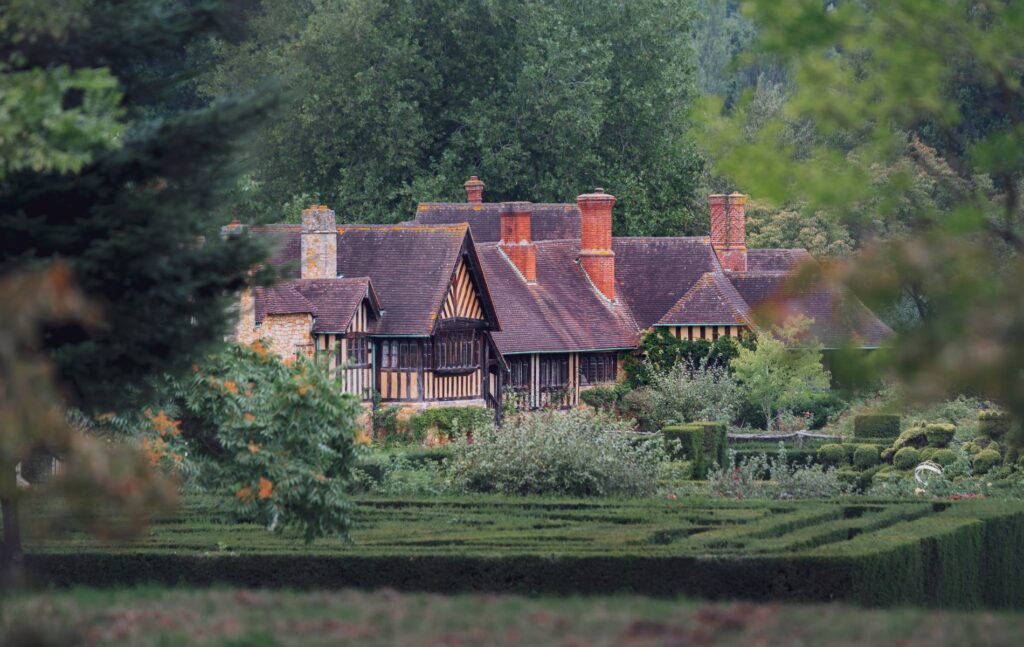
Types of castles for sale
There is not necessarily a fixed set of categories covering buildings described in non-specialist terms as a castle. A qualified property finder will explain more, but as a simple overview, you may find:
- authentic medieval castles, typically built prior to around 1500 CE. They may or may not be fully renovated and immediately habitable, but the vast majority will be subject to listed building status regulations;
- those great manors and country estate properties built between around 1500 and 1800. These may be much more stately home and less castle-like in terms of their architectural appearance. But many will carry the description ‘castle’ for either effect or because they were built on top of what may have been an original medieval castle they replaced. Some may include architectural components of the medieval property in parts of their structure. Again, most will be listed;
- Between around 1800 and the 19th century, there was a huge revival of interest in Gothic tastes and many very large buildings of that period were built in the form of a castle. To a non-expert, they may appear very much to be an authentic castle of 800 years ago. Many, though not necessarily all, will be listed.
It is impossible to generalise about prices. It may not necessarily be the case that the older and bigger the castle, the more it will cost. The condition will be an essential factor, as well as things such as whether or not it comes with a surrounding estate and, inevitably, its location.
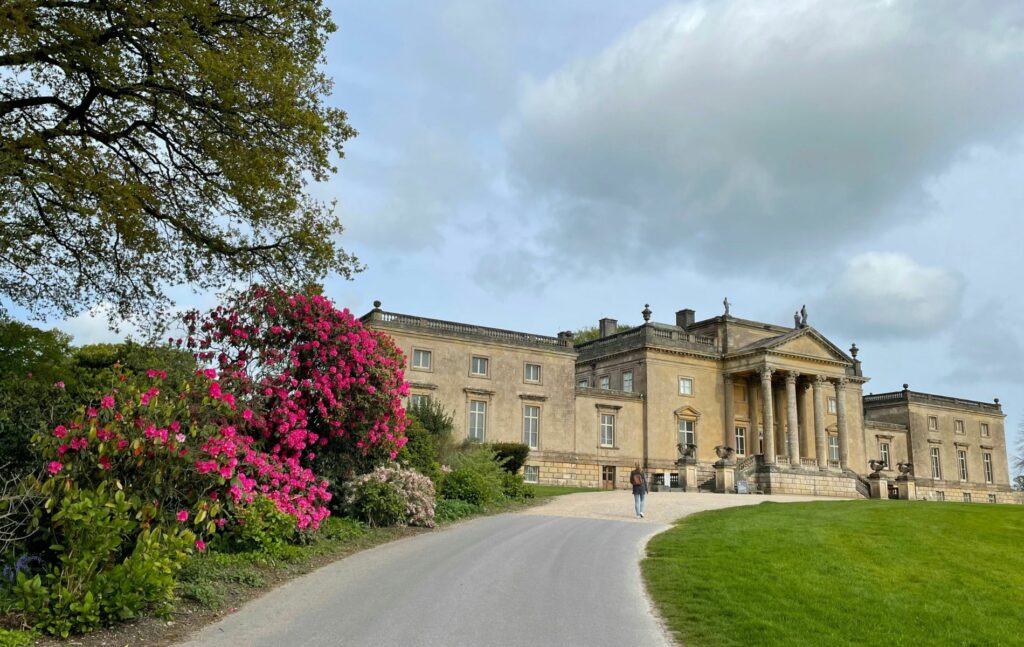
Castles in Scotland
Scotland boasts a remarkable array of castles, each telling a unique story of the nation’s rich and turbulent past. These historic buildings are integral to Scotland’s cultural heritage.
If you are thinking of buying a castle in Scotland, a property finder who specialises in the Scottish property market can not only assist you with your search but can help you navigate the legal, financial, and practical considerations of such a purchase.
Living in a castle
Upkeep will be an important issue.
Even though the building was well constructed originally and has hopefully been subject to appropriate care over the centuries since, the age and scale of these properties will inevitably mean that maintenance will be a constant and significant overhead.
Because most such buildings will be listed, even when they are 19th or 20th-century properties, the local authorities may also require that work is conducted with authentic materials and to traditional standards.
Specialist tradespeople will be required rather than generalists, which will have a significant impact on the cost of upkeep.
It’s important to remember that as a listed building, your ability to modify its external appearance may be minimal.
If it is Grade I listed, you may also have little or no degree of freedom to modify aspects of its internal structure or décor.
Buying a castle and estate
If your castle comes with an estate, remember that all the estate buildings must be thoroughly surveyed to establish their condition. Some might also be listed.
You may also need specialist advice, which experienced property finders should be able to facilitate, relating to your obligations as an estate owner. They may be substantial.
That might include things such as local fishing rights, the use of parts of your land by other farmers in the area under custom-and-practice precedents or your duty to tenants farming areas of your property.
On the plus side, land is typically regarded as a good investment, and it might also offer significant income potential through things such as country sports and pastimes or the development of rural industries (subject to planning permission).
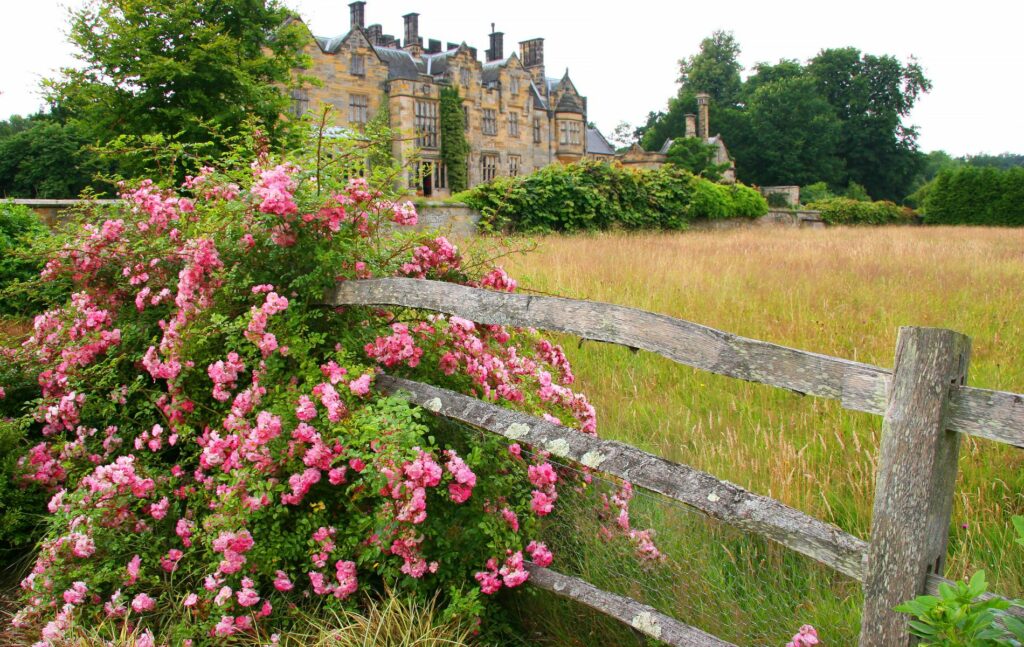
Build your own castle
Surprising as it may sound, it may be possible to construct your own castle. The breathtaking Braylsham Castle in East Sussex, for example, looks like a fortified medieval manor. Yet it was built over a decade from 1991.
Some large rural properties, with substantial amounts of land, are in a derelict or semi-derelict condition. Although obtaining planning permission is always going to be something of an administrative hurdle, many local authorities are keen to get such properties either restored or substantially rebuilt.
Depending upon its original appearance and its current condition, you may be able to get permission to change it externally from what it was to something more akin to a castle in appearance.
This will obviously be easier in planning permission terms if the original building itself was unlisted or of no particular architectural interest.
It might also be possible to find land with existing planning permission for a large building where local authorities may be tolerant of architectural design freedoms, including supporting those resembling castles.
Such opportunities are not easily found, but an experienced property finder should be able to help.
Buying a castle with professional help
Although some castles are advertised for sale on the open marketplace, many are sold via private arrangements. It’s therefore vital that you plug into this network through established and specialist property finders.
Taking on a castle, particularly if it has an attached estate, is a very significant decision.
While it is the dream of many, it requires careful analysis, planning, and specialist advice.
Although it would be perfectly understandable to become lost in the romance of such properties, a firmly objective evaluation is advisable.
At Garrington, we can assist with finding and buying a castle and estate, please contact us to see how we can help.
Further reading: Historic places to live in the UK.
